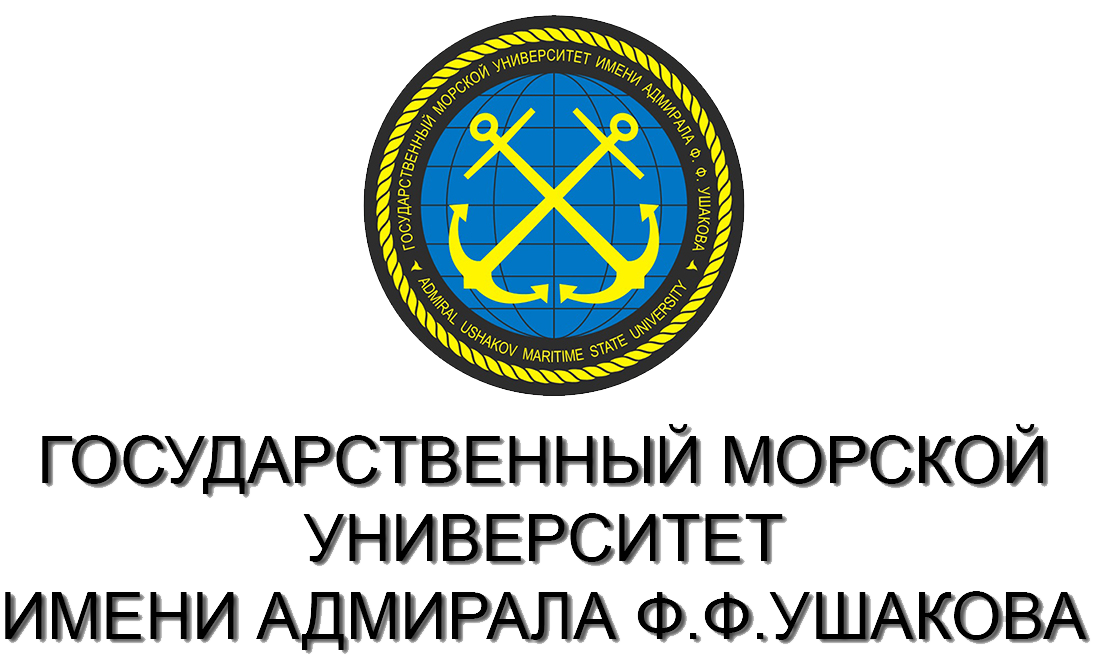The article sets the task of drawing up a universal approach to creating a model of ship movement. It is shown that currently different approaches have their drawbacks due to the fact that the ship movement model often uses empirical components that do not allow effective reproduction in the event of application to a different vessel or in different navigational conditions. At the same time, identification by direct calculations is difficult due to the large number of affected variables. The structure of the FMS model is proposed, in which the pro-cesses are divided into separate clusters according to the stationarity of the influencing quantities. Thus, rapid identification of the model and its gradual refinement is achieved. At the same time, it is not necessary to redefine all its coefficients, to re-identify the model. Based on gray box algorithms and machine learning, the model's operability is shown in the situation of non-accounting or subsequent accounting of individual sensor data. The conclusion about the applicability of the structure is made, the direction of further research is deter-mined
navigation, ship movement model, adaptable structure of the ship movement model
1. Proektirovanie nechetkih sistem sredstvami MATLAB / Shtovba S.D. //Goryachaya liniya - Te-lekom.- 2007 ISBN: 5-93517-359-X.
2. Rutkovskiy L. Metody i tehnologii iskusstven-nogo intellekta/ perevod s pol'skogo I. D. Ru-dinskogo //Goryachaya liniya - Telekom - 2010.
3. Kondrat'ev S.I., Studenikin D.E., Dzhavukcyan M.L., Glimbockiy V.V. Sposob i sistema kon-trolya mestopolozheniya sudna s pomosch'yu nechet-koy logiki: Patent na izobretenie RU 2678762 C1, 31.01.2019. Zayavka № 2018105412 ot 13.02.2018.
4. Upravlenie sudnom: uchebnik / V.I. Snopkov.- SPb.: Professional, 2004.
5. Analiz vremennyh ryadov: prognoz i upravlenie/ Boks Dzh., Dzhenkins G.- M.: Mir, 1974.
6. Wang, L.-X., & Mendel, J. (1992). Generating fuzzy rules by learning from examples. IEEE Transac-tions on Systems, Man, and Cybernetics, 22(6), 1414-1427











